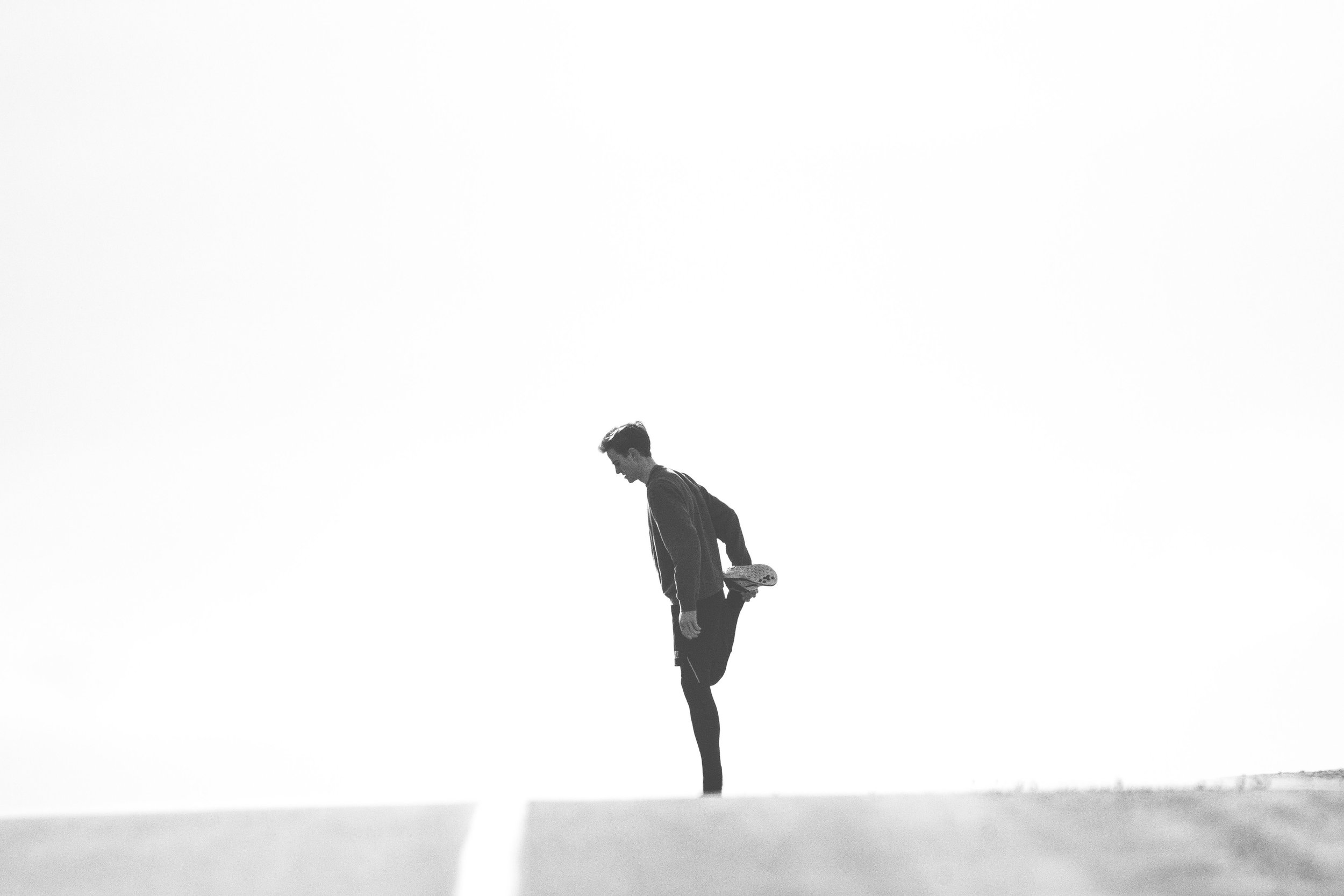In our previous posts we have detailed many factors leading to high injury rates experienced among runners. In our Boulder Physical Therapy practice, one of the most important factors to examine with any injured runner is their running gait. Most of us were instructed as beginners in our chosen sports with the exception of cycling and running. Thus many runners have never undergone gait analysis by a Physical Therapist. This analysis can be a critical factor in reducing injury risk and facilitating an injured runner’s return to high volume running.
The knee is the most commonly injured area among runners and often our gait analysis attempts to reduce abnormal stresses on this joint. A recent journal article examined which modifiable factors best reduced knee joint stresses during running (Bowersock et al. Biomechanics. 2016). Authors studied 19 participants as they ran under 3 conditions: preferred step length, 10% shorter than preferred, and 10% longer than preferred. The authors performed a biomechanical analysis on these runners in order to determine knee joint stress under each of the 3 conditions. The authors found regardless of foot strike pattern, a 10% shorter stride length had the lowest knee forces. Conversely, the 10% longer stride length had the opposite effect. As expected, the combination of a forefoot strike pattern and a shorter stride produced the greatest reduction in peak knee forces.
Although, the research has yet to confirm an “ideal” running gait evidence continues to support shorter stride lengths, higher step rates, and fore foot strike patterns in reducing knee forces.

